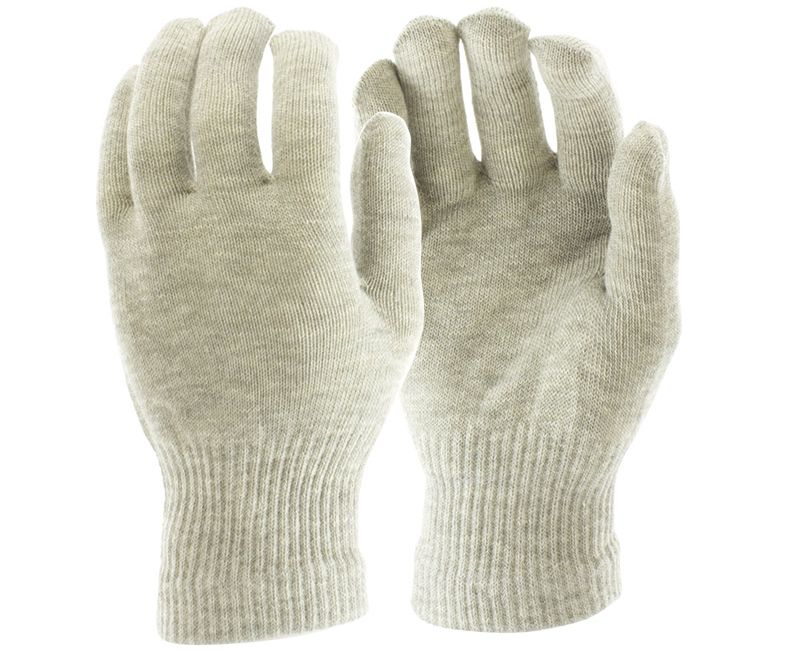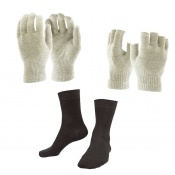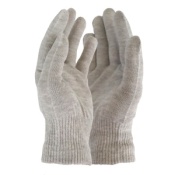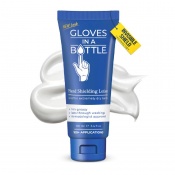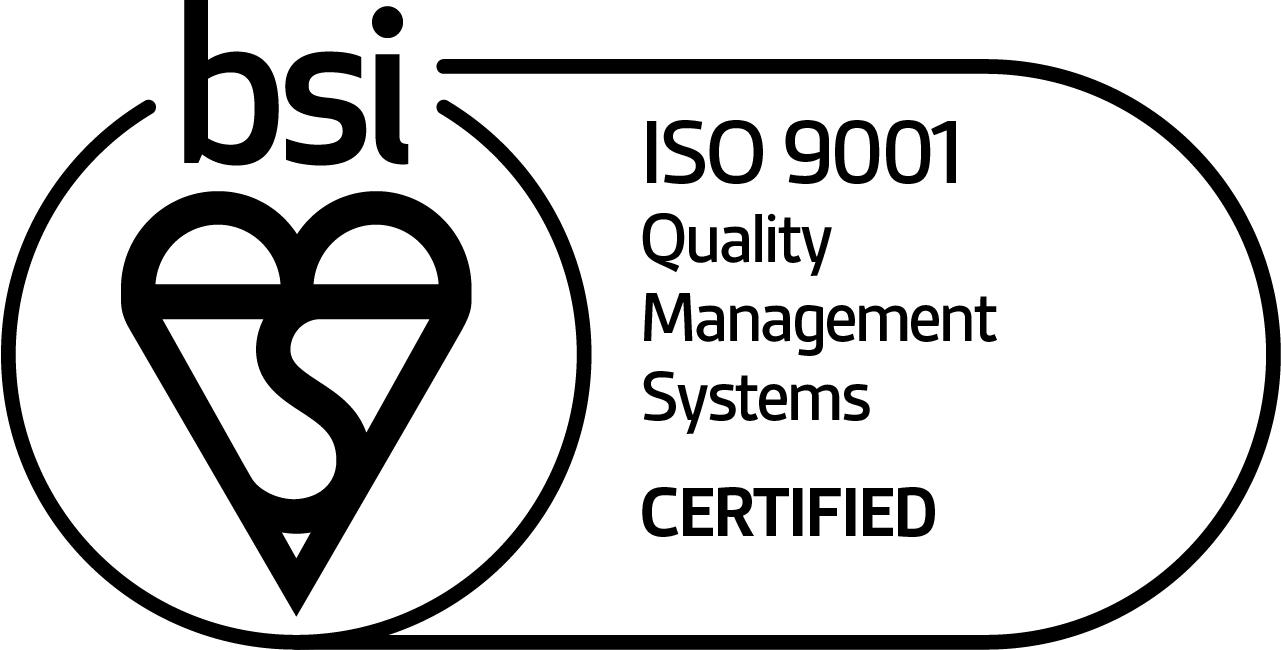| Scleroderma and Raynaud's6 November 2018 If you're suffering from Raynaud's disease, you're probably aware that this puts you at risk of developing scleroderma as well. We're here to shed some light on this incredibly rare autoimmune disease, and relieve you of some of your worries; only 0.1% of people diagnosed with Raynaud's disease will go on to develop scleroderma. Though the chances of developing scleroderma are slim, it's still important to familiarise yourself with the condition, as it can be fatal when left untreated. This article is here to guide you through the facts of scleroderma and help you stay on top of your health. What is Scleroderma?Scleroderma is an exceptionally rare, chronic disease of the immune system, blood vessels and connective tissues. Only 2.5 million people worldwide have this condition, are there are currently 12,000 people in the UK suffering from scleroderma.
Scleroderma is an autoimmune disease that attacks the healthy tissue of the body, and often manifests itself in the form of hardened skin, as the body produces too much collagen. There are many different types scleroderma, which can roughly be divided into localised and systemic scleroderma. Types of SclerodermaLocalised sclerosis can lead into Plaque Morphea, Generalised Morphea, Superficial Morphea, Linear Scleroderma, En Coup de Sabre and Parry Roomberg types of scleroderma. Morphea is the name given to localised patches of hardened skin that are smooth and shiny, while the linear type of scleroderma means the skin affected is in a line, usually along an arm or leg. Systemic sclerosis is the type of scleroderma that affects the internal organs, as well as the skin. The heart, oesophagus, blood vessels, kidneys, lungs and digestive system are most commonly affected. This type of scleroderma can further be divided into limited and diffuse sclerosis, with the latter most commonly affecting the whole body. Common Symptoms of SclerodermaScleroderma is extremely rare, with symptoms varying from person to person. Still, the following three early warning signs are almost always present:
Raynaud's disease is actually one of the first symptoms of scleroderma, which means that if you're experiencing other symptoms along with your Raynaud's, visit your GP as soon as possible, and ask for a blood test and capillaroscopy. Both primary and secondary Raynaud's can lead to any type of scleroderma, but it is most common with limited systemic sclerosis. Scleroderma and Raynaud's DiseaseIn Raynaud's disease, the blood vessels narrow, and then return to normal size. In people suffering from both Raynaud's and scleroderma, however, the small blood vessels in the skin gradually change in size, permanently becoming smaller, and may sometimes even disappear completely over time. As the blood vessels lose the ability to return to their normal size in-between attacks, this reduces the supply of oxygen and nutrients to the skin. This leads to dry and cracked skin; in some cases small ulcers can form on the tips of the fingers, while severe cases can end with gangrene. How is Scleroderma Treated?Scleroderma has no known cause, and no cure. It is, however, crucial to treat your symptoms and prevent the condition from getting any worse, as scleroderma can be fatal. Once you've been diagnosed, it's important to both follow the course of treatment recommended to you by your doctor, and adjust your lifestyle to make living with scleroderma and Raynaud's more bearable. Potential treatment plans might include:
Living with Scleroderma and Raynaud'sMedication can greatly improve your condition, but there's still a lot you can do on your own to relieve the symptoms and improve the quality of your life. Our basic recommendations include:
Do you have any experience fighting scleroderma? Leave a comment below, or find us on Twitter& and Facebook!
| |||||||||||||||||||||||||||||||||||||||||||||||||



